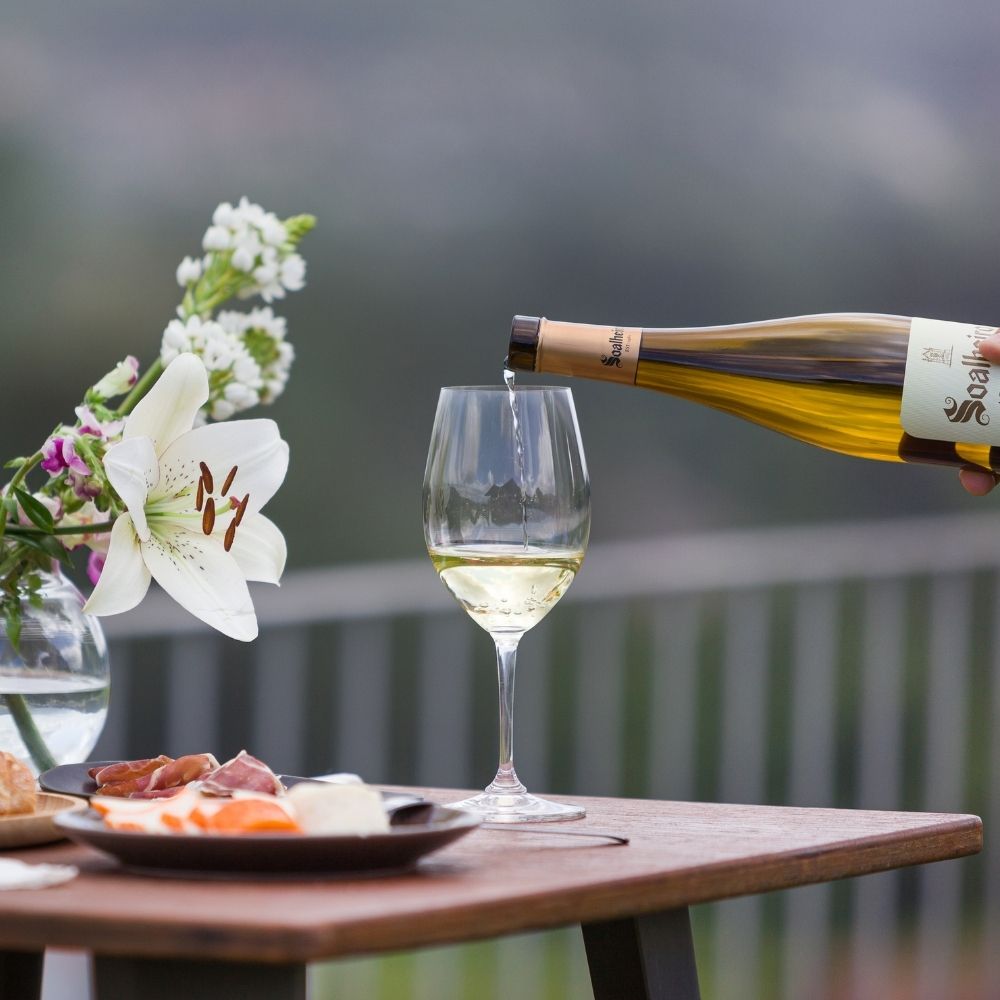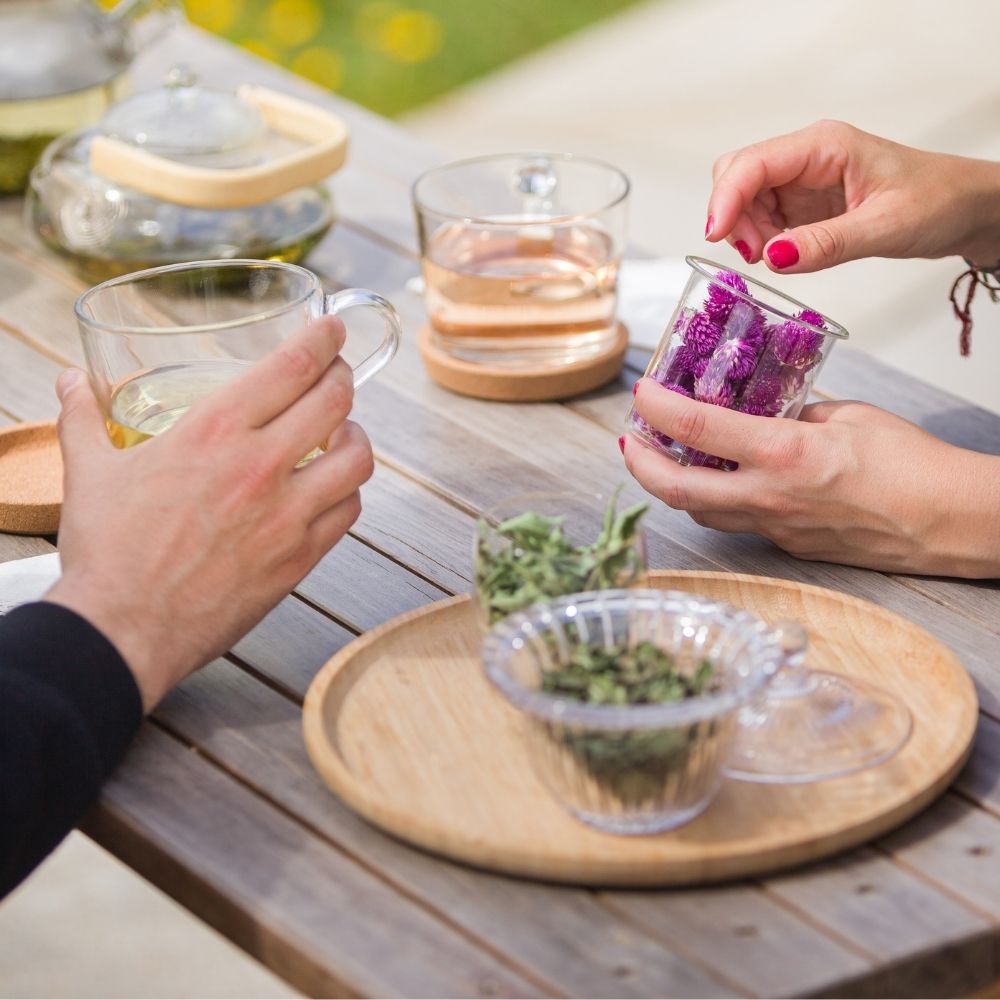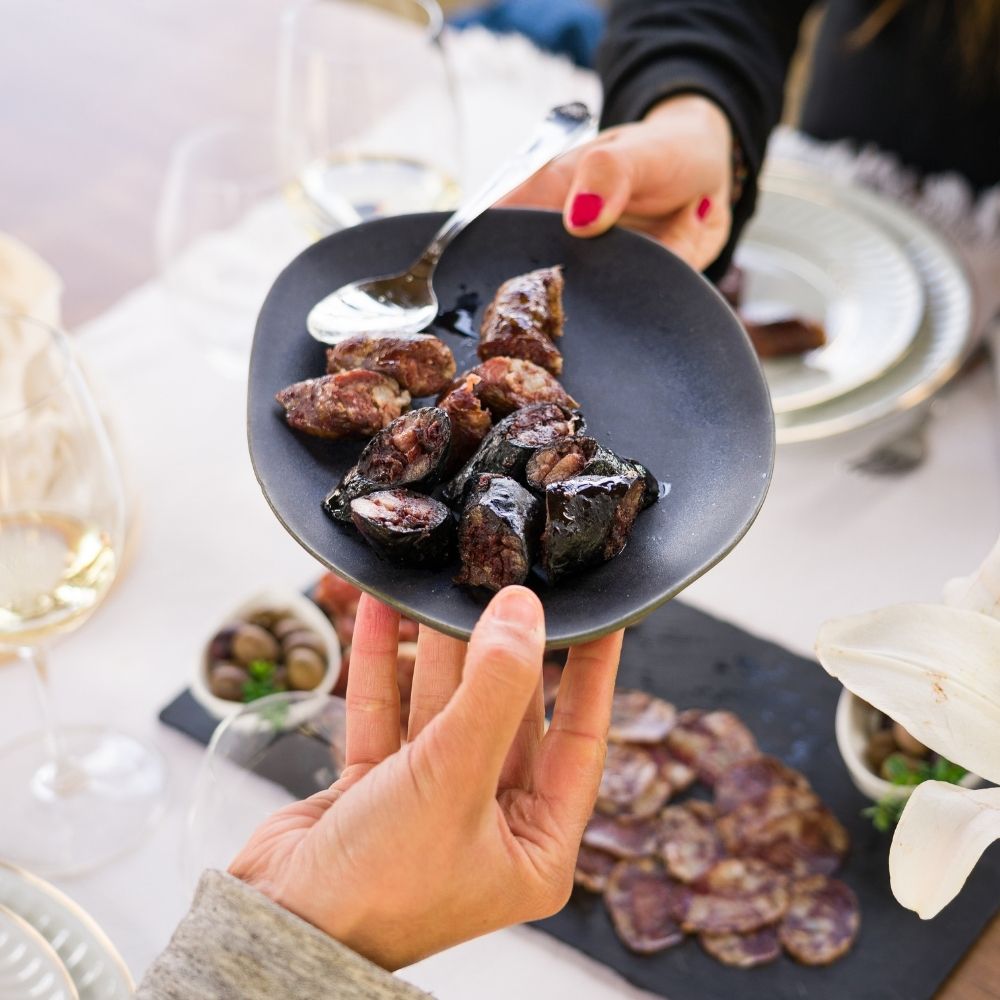This year we started harvesting Alvarinho on the 23rd of August – in over 40 years, this is the earliest we have ever started harvesting the grape variety we focused on. Each year has specific characteristics and we had to adapt: if the year advances the vineyard, we advance the harvest.
In a year of bountiful grapes, even with the vineyards’ family care which characterizes our territory, there was a natural weeding due to heat spikes and humidity in the month of June, which led to a quantity of grapes aligned with previous years and a quality that brought us some nice surprises. The objective is always the same: to make wines that reflect the territory, with elegance and precision.
Change to maintain the tradition. We have carried out several harvests in Soalheiro, for many years, which means we monitor the maturation of the grapes throughout the territory. We have each vineyard from each winegrower located and characterized so that we can set up the harvest in the most careful way possible for each plot, for each of the categories we work with (Alvarinho from the valley, from altitude, from old vines, etc.). We believe that only with change can we maintain tradition – having the earliest harvest ever this year aimed at maintaining the classic Soalheiro profile.
Change to discover new paths. The secret to consistency in the quality of the profiles we want to create is to, increasingly, focus on high-altitude vineyards, on old vines, and on diversity. The fact that we have several different harvests means that we have diversity to finetune the profile of the Clássico, for example by using a small percentage from high-altitude vineyards in the blend to preserve freshness, but it also leads us to discover and improve new profiles, as was the case with Primeiras Vinhas, Granit and others that we continued to look for year after year.
A unique territory. The differentiating profile of Monção and Melgaço remains very present – the days heat up and the nights cool down. Hot days favor gustatory intensity, and cold nights maintain aromatic freshness and unique acidity.
The change also occurs in mentalities and if in the past it was almost forbidden to talk about acidity, nowadays it is increasingly sought after and needed; it is the center of attention of each harvest, along with an alcohol content that we want to be moderate.
Knowledge of the place. It was a generous year for the fruit, but with some tough moments, which required great resilience from winegrowers. Each of the plots where our wines grow is treated like a garden by more than 180 winegrowing families that are part of our Club. It is from this diversity and close knowledge that we try to create the most accurate harvest possible. Family care helps to defend plants in difficult years like this, but to do so you need knowledge of the place and constant attention, and as we say here, we need to “talk to them every day”. Even so, there was some natural weeding, clusters that were lost, which in addition to the reduction in quantity – compensated by the generous birth – had a positive effect: it increased the concentration of some musts, leading us to be optimistic regarding the quality of the wines.
THE VEGETATIVE CYCLE
A generous year for the fruit, but delicate for the winegrower

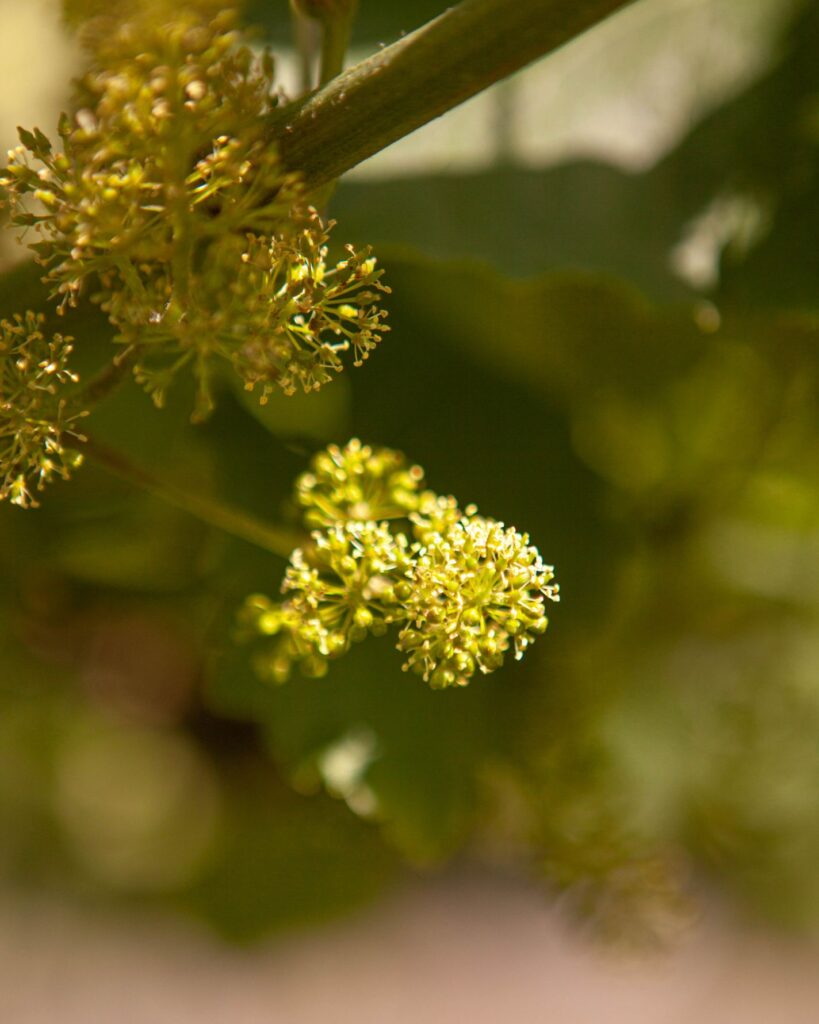
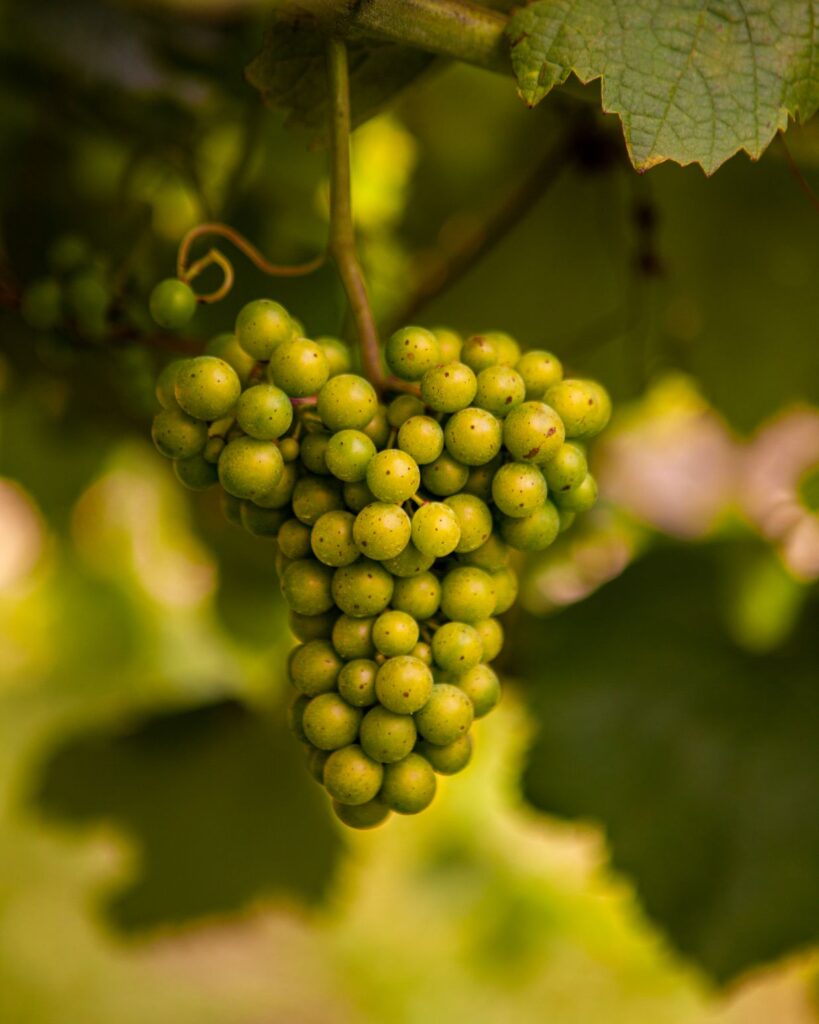
This year we had a winter with abundant rainfall, which meant enough water reserves for a good development of the vegetative cycle. Sprouting occurred in the second half of March, as in the previous year. After the first inflorescences appeared, already in April, when walking among the vineyards one could notice a year of great generosity for the fruit, given the abundance of clusters (inflorescences) that stood out. Full flowering occurred in mid-May – about 10 days earlier than last year. At this stage, accelerated development was already perceived, an advance in the vegetative cycle. Spring was sunny, which meant that we got to it with excellent foreshadowing.
Popular wisdom here in the area says that the most complicated period for the vineyard is around the time of “Santos Populares”, the month of June. This year, the saying was confirmed. There were weeks of unstable weather, where periods of heat and strong sunshine alternated with periods of heavy rain and mornings of dense fog. It was a delicate period for the winegrowers who, with a lot of work, alongside a generous birth, managed to carry many of the announced clusters to harvest.
Early harvests
Maturation began in mid-July and we carried out the first controls on July 25th. As we have winegrowers’ plots located and characterized (area, age of the vine, altitude, trellising systems, type of soil…), we started from a representative and exhaustive sample with the aim of setting up the harvest in the most careful way possible to each plot, including it in one of the various groups we define, in one of the various harvests we carry out. Right from the first maturation controls, the advance compared to the previous year was confirmed, which was already felt at the beginning of the cycle, and was reflected in the beginning of the harvest on August 23rd, the earliest Alvarinho harvest ever in Soalheiro.
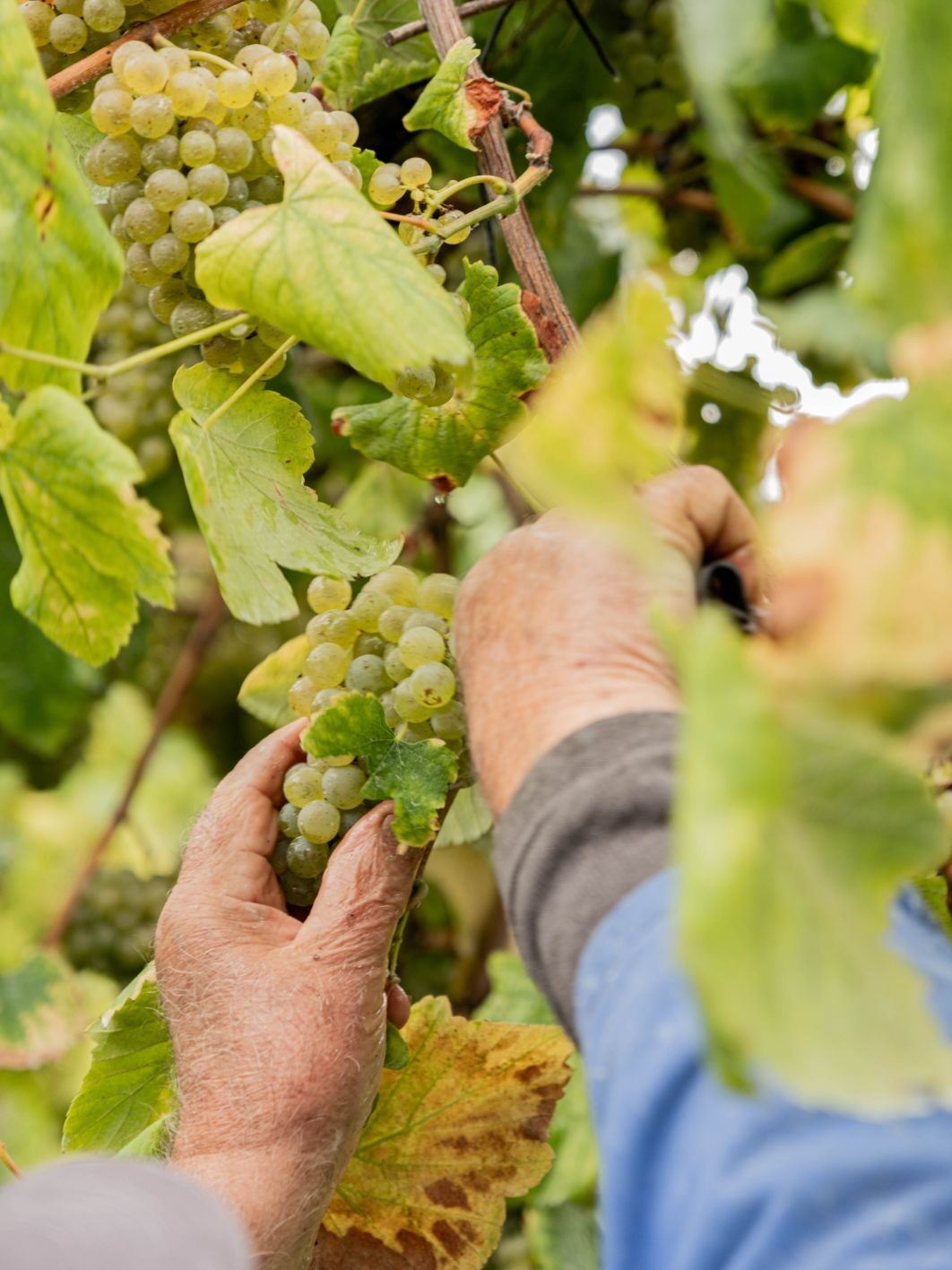
QUALITIES AND QUANTITY
Balanced alcohol and precise acidity
Due to the early start of the harvest, the alcohol levels were, in general, lower than in 2022, which pleased us, because we achieved our objective of having that balance in our wines. Acidity levels are similar to the previous year, and perhaps this is the most distinctive fact of this harvest: we achieved it with precision in harvest dates and the special attention we give to higher altitude vineyards, where acidity is more present.
The harvest dedicated to high-altitude grapes, the pressing dedicated to the ever-increasing number of vineyards located at high altitudes in our territory, means that our Clássico, umbilically linked to the valley’s vineyards, will this year have a small percentage in the blend coming from high-altitude vineyards, to maintain the freshness and precision that characterize it.


From abundant birth to natural weeding
In terms of quantity, it was a year of uncertainty, as there were some problems in controlling mildew in June, but which, given the abundant birth, ended up not having as significant an effect as might have been expected. Once again, despite being a much more laborious reality for winegrowers and for those who schedule harvests for more than 180 families, this is the advantage of knowing the place, family care, the many different and small plots, diversity, careful care and constant monitoring of our Viticulturist Club.
Quality was not affected and, in some cases, we even had pleasant surprises because the unwanted natural weeding, caused by nature, contributed to an increase in concentration in the clusters that remained, leading to the complexity that some musts surprised us with.
THE VARIOUS HARVESTS
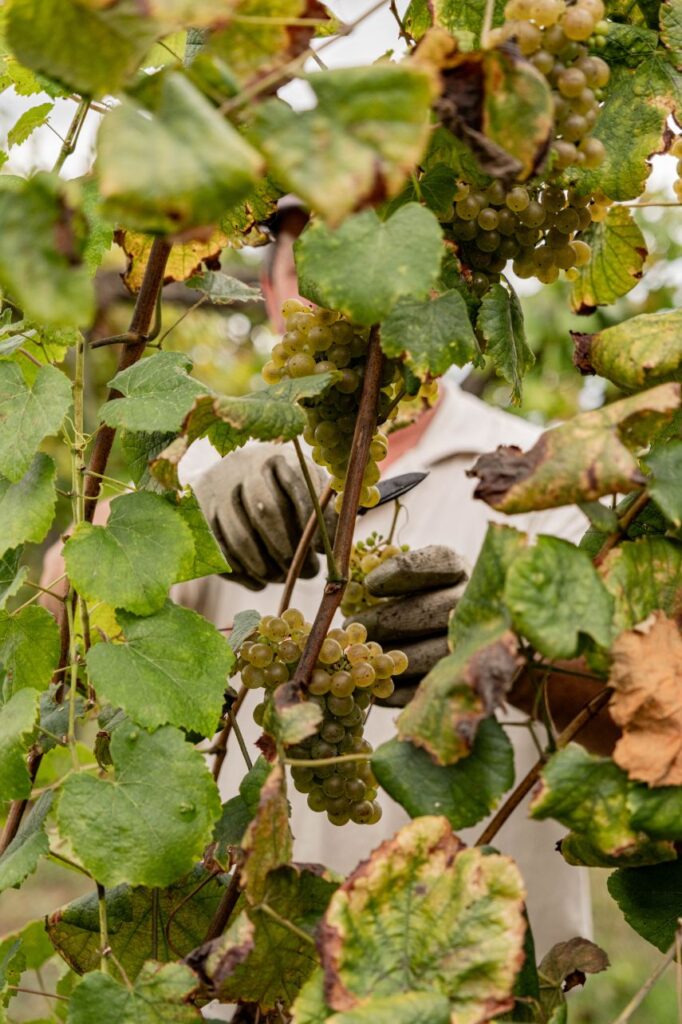

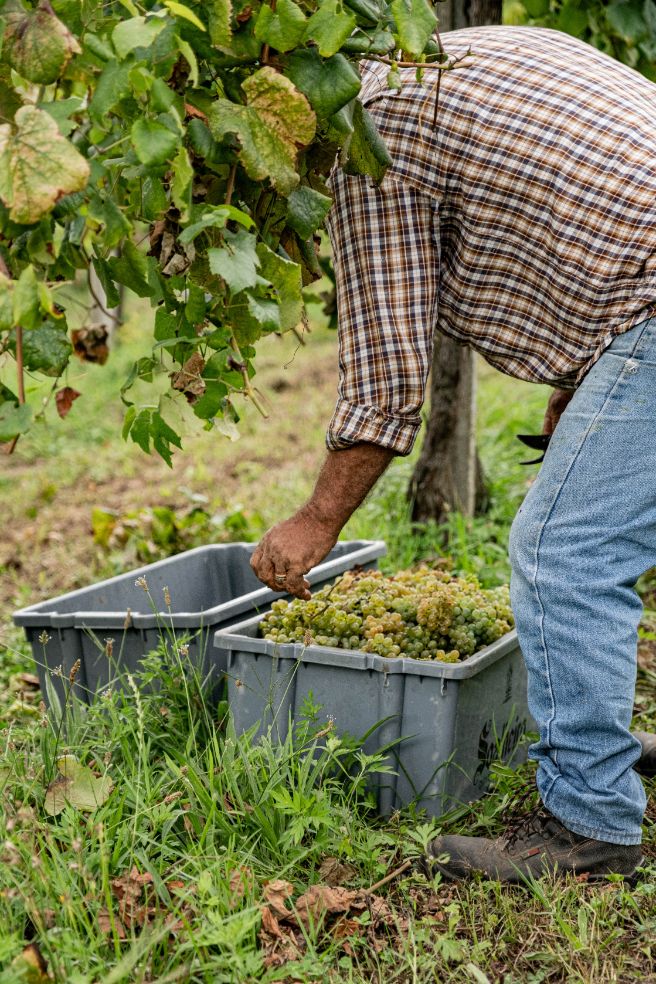
We started on August 23rd with some parcels of organic Alvarinho, from vineyards in the valley, which, as they have good sun exposure, were already ready to go. On August 24th we harvested our plot of Pé Franco. The first major Alvarinho harvest days in the valley were the weekend of August 26th and 27th, and every day we differentiated pressings and musts depending on the particularities of the plots and the purpose for which they were intended. As usual, we focused on three main categories in Alvarinho: valley, altitude, and old vineyards. On August 27th we harvested, for the second year, a plot close to the river that caught our attention due to its soil with very particular characteristics, which will grow a new profile of Alvarinho that we will launch soon. This year we consolidated the harvest strategy for our sparkling wine base: we only used low-pressure pressing, especially in these first days of harvesting where the grapes have a lower alcohol content and higher acidity, in search of the precision and elegance we are looking for in our sparkling wines. The harvest in the valley continued over the following weeks, depending on the location and exposure of the vines, on the trellising system, and according to what the maturation controls were telling us. The big day for harvesting old vines was September 4th, an always memorable day as it was when we harvested Soalheiro, a vineyard planted in 1974 that gave the name to our brand. Nowadays, there are already several plots in our Viticulturists Club that are more than 30 years old, which really pleases and motivates us. Regarding the Alvarinho harvest at altitude, the big days were the weekend of September 9th and 10th, and it should be noted that nowadays there are winegrowers with plots at 400 or 500 meters of altitude, an increasing number of high-altitude vineyards.

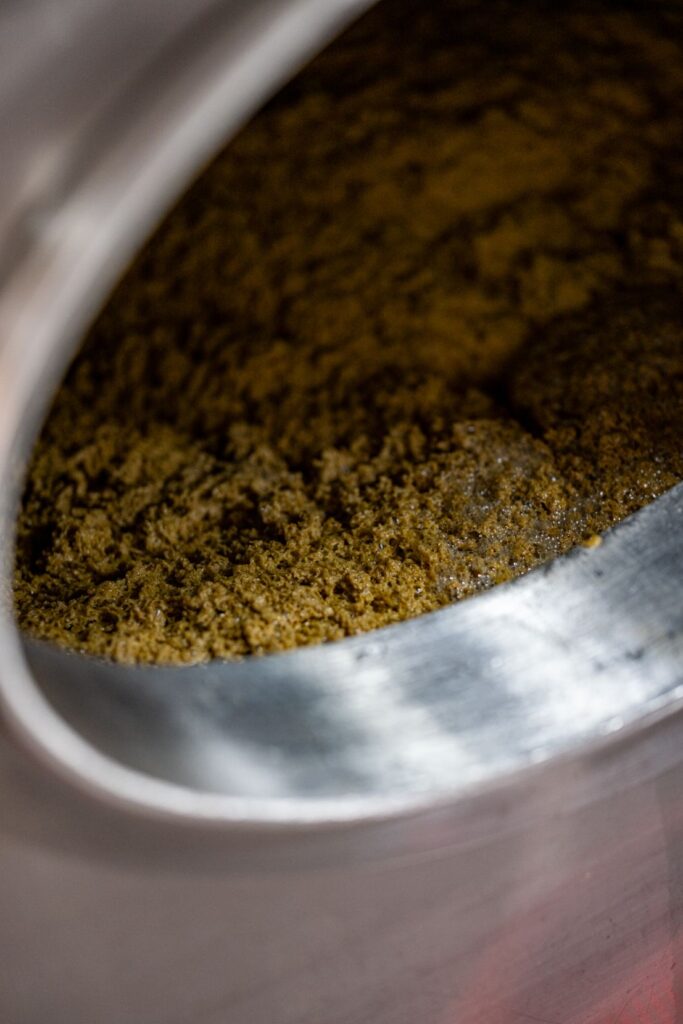

As for other grape varieties, we harvested Pinot Noir for Mineral Rosé on August 25th, Loureiro for ALLO on the 26th, 27th and 28th of August and Sauvignon Blanc also on August 28th. All these varieties come from a more Atlantic area of Vinhos Verdes, and in these harvests we aim to preserve as much freshness as possible. Loureiro from old vines for Germinar, where we sought greater complexity, was harvested only on September 7th. Alvarelhão was harvested and stomped in the press on September 8th. To finish the harvest, on the 14th of September, we harvested some plots where there is a mixture of native red grape varieties, some of them centuries old, which we continue to study.


![INFUSÕES_LOGO-VERTICAL[dourado]](https://soalheiro.com/wp-content/uploads/2022/05/INFUSÕES_LOGO-VERTICALdourado-e1653925359762-1024x761.png)




